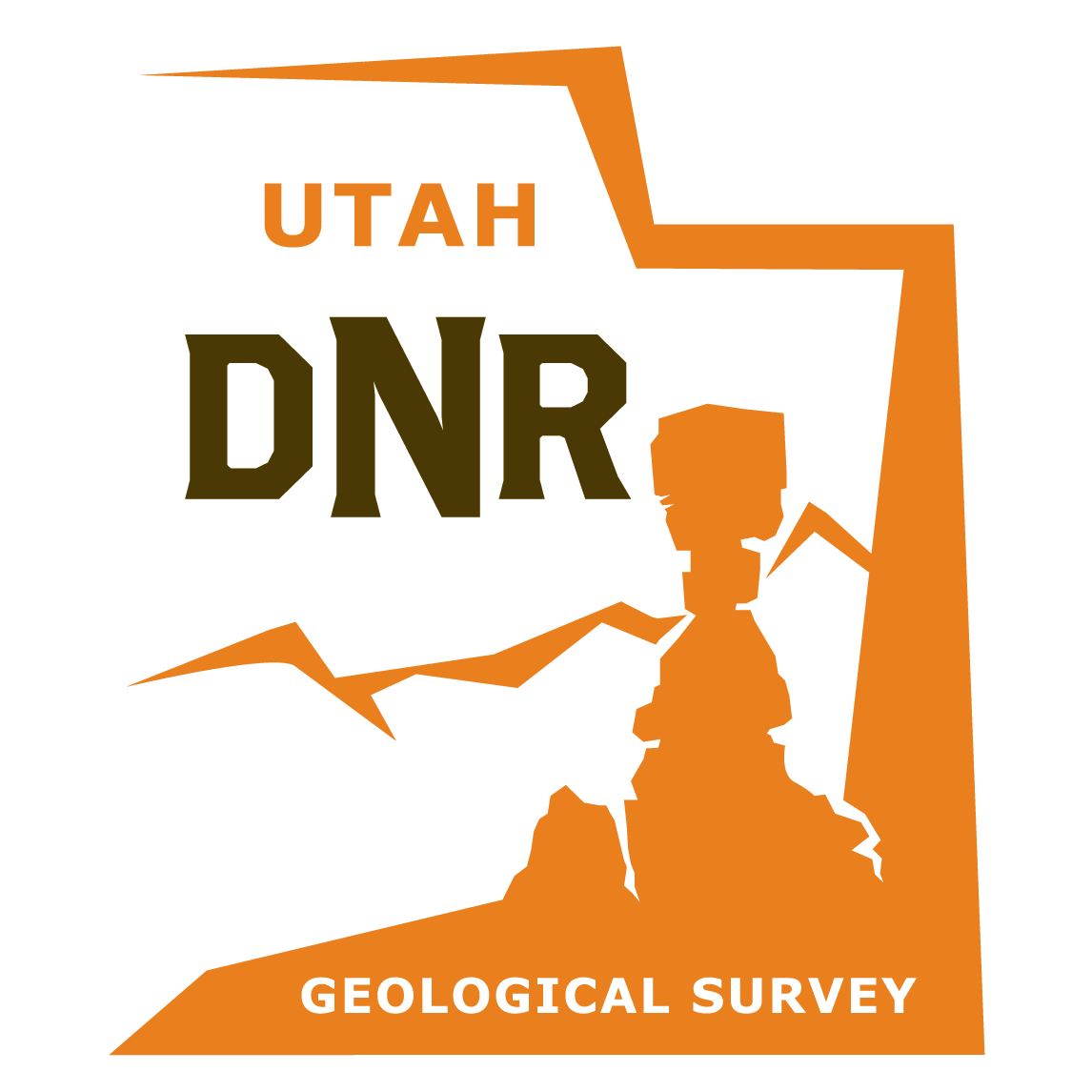 What are those groovy rocks and how did they get that way?
What are those groovy rocks and how did they get that way?
Carole McCalla
On a hike around Lake Blanche below Sundial Peak in Big Cottonwood Canyon, a group of hikers came across long, straight, parallel grooves on a smooth, polished rock surface. Recalling another location where they had seen similar features at the foot of the mountains north of downtown Salt Lake City, they wondered if these markings were formed in the same way. Indeed, what exactly are they and how were they formed?
Although the smooth, grooved surfaces at these two locations are similar, they were actually formed in very different ways.

 A new interactive map of Snake Valley with all of the well data, has recently been added to the Utah Geological Survey (UGS) Web site. The West Desert Ground-Water Monitoring Network is almost complete and updates are available on a newly developed Google Earth™ interactive map. The network will monitor ground water for more than 50 years in Snake Valley, western Millard County and adjacent areas. The $3.5 million network is a response to planned ground-water development in east-central Nevada. The Utah Geological Survey will upload data onto its Web site.
A new interactive map of Snake Valley with all of the well data, has recently been added to the Utah Geological Survey (UGS) Web site. The West Desert Ground-Water Monitoring Network is almost complete and updates are available on a newly developed Google Earth™ interactive map. The network will monitor ground water for more than 50 years in Snake Valley, western Millard County and adjacent areas. The $3.5 million network is a response to planned ground-water development in east-central Nevada. The Utah Geological Survey will upload data onto its Web site. PALEOSEISMIC INVESTIGATION OF THE NORTHERN WEBER SEGMENT OF THE WASATCH FAULT ZONE AT THE RICE CREEK TRENCH SITE, NORTH OGDEN, UTAH
PALEOSEISMIC INVESTIGATION OF THE NORTHERN WEBER SEGMENT OF THE WASATCH FAULT ZONE AT THE RICE CREEK TRENCH SITE, NORTH OGDEN, UTAH INTERIM GEOLOGIC MAP OF THE EPHRAIM 7.5-MINUTE QUADRANGLE, SANPETE COUNTY, UTAH
INTERIM GEOLOGIC MAP OF THE EPHRAIM 7.5-MINUTE QUADRANGLE, SANPETE COUNTY, UTAH GEOLOGIC HAZARDS IN UTAH
GEOLOGIC HAZARDS IN UTAH SNOWMELT-INDUCED GROUND-WATER FLUCTUATIONS IN SELECTED NORTHERN UTAH LANDSLIDES—PRELIMINARY RESULTS FROM THE 2007–08 LANDSLIDE WATER YEAR
SNOWMELT-INDUCED GROUND-WATER FLUCTUATIONS IN SELECTED NORTHERN UTAH LANDSLIDES—PRELIMINARY RESULTS FROM THE 2007–08 LANDSLIDE WATER YEAR
